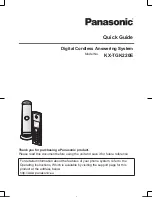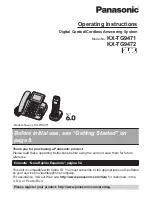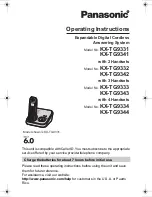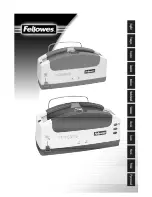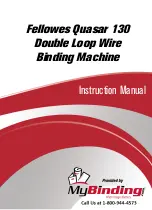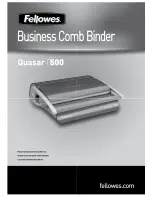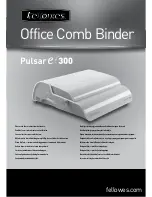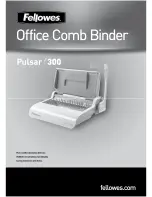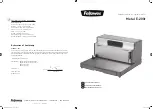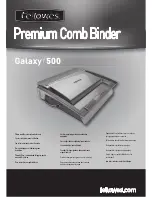
Note: When needles of small
gauge (#11 or less) are used,
each needle thread should be
wound about 3/4 rotation around
needles and then passed through
needle eyes as shown in the
figure, to assure neat stitches.
It is recommended to use stepped
needle.
HOW TO USE
Thread tension releasing button
R1
L1
R2
L2
R3
R4
R5
R6
L3
L4
L5
L6
R7
L7
R8
R9
L9
L8
R10
L10
R11
L11
R12
L12
R13
R14
R15
L13
L14
L15
3
Selection of the thread
It is recommended to use “S” twist thread in the left needle (viewed
from front), and “Z” twist thread in the right needle.
When discriminate use of needle threads is impossible, use “Z” twist
thread in both the needles.
For bobbin thread, “S” twist thread as well as “Z” twist thread can be
used.
4
Threading of needle threads
1 . Pass each needle thread through thread guide (A).
Note: When thin slippery thread (polyester thread or filament
thread, etc.) is used,
Pass the thread through thread guide (B) as well.
2 . With the thread take-up lever located at the upper most position,
pass each needle thread in the order shown in the following figure.
Note: Pushing the needle thread tension releasing button shown
in the figure below opens the saucer of the needle thread tension
adjuster, and the needle thread can easily pulled out.
S twist thread
Z twist thread
A B
A
A
B
— 5 —
Summary of Contents for LT2-2250-B1T
Page 28: ...Printed in Japan ...
























